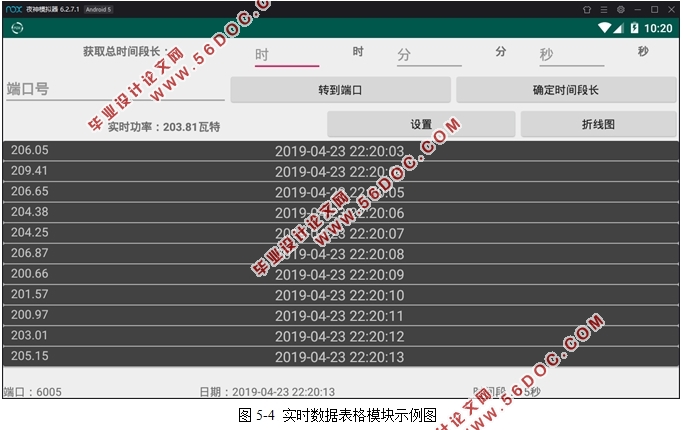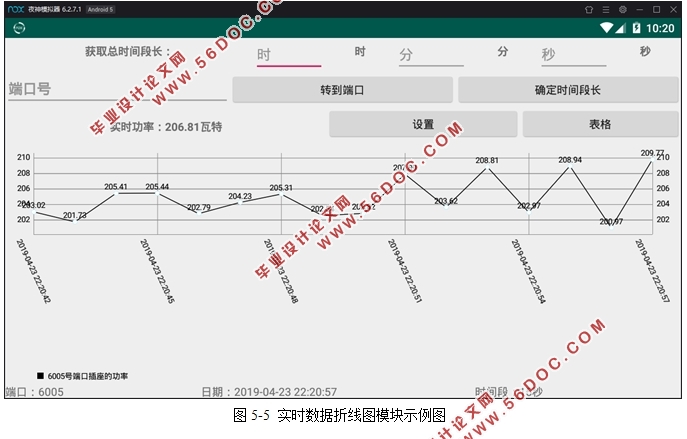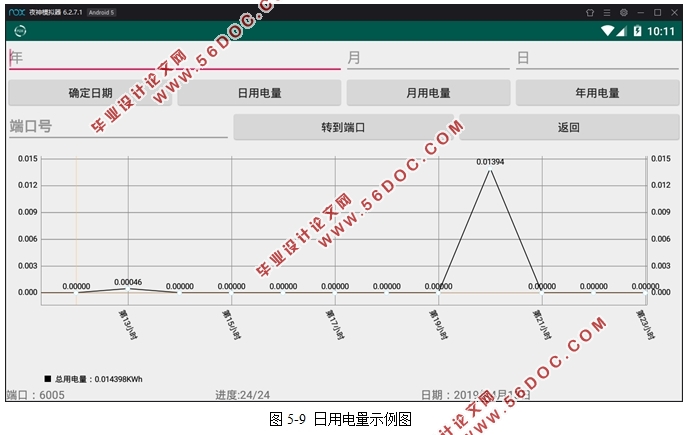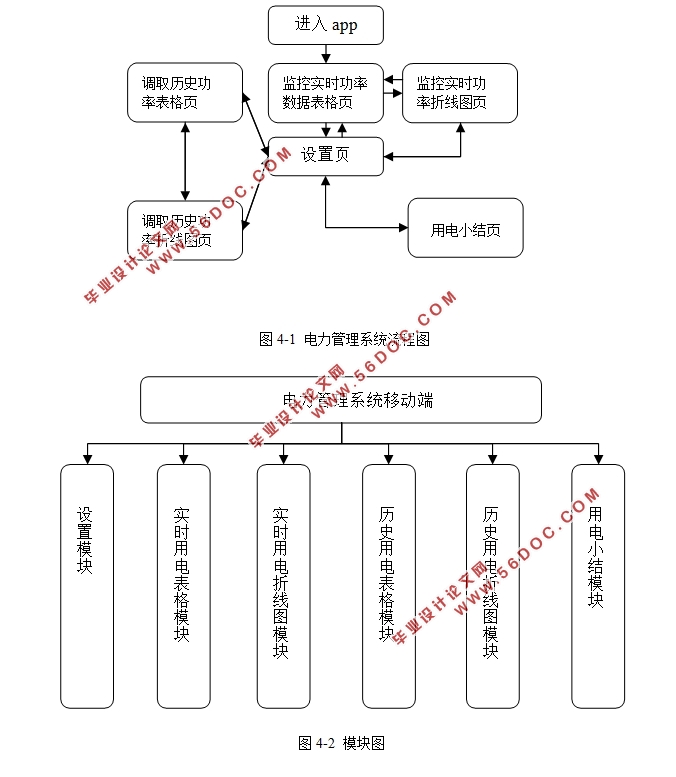基于物联网技术的家用电力管理系统-移动客户端设计(Android Studio)
来源:wenku7.com 资料编号:WK716394 资料等级:★★★★★ %E8%B5%84%E6%96%99%E7%BC%96%E5%8F%B7%EF%BC%9AWK716394
以下是资料介绍,如需要完整的请充值下载。
1.无需注册登录,支付后按照提示操作即可获取该资料.
2.资料以网页介绍的为准,下载后不会有水印.资料仅供学习参考之用. 密 保 惠 帮助
资料介绍
基于物联网技术的家用电力管理系统-移动客户端设计(Android Studio)(论文说明书11000字,程序代码)
摘 要:实际生活中,物联网已经覆盖了方方面面, 家用电器的物联网操作,水管电网的物联网监控,高档旅店的物联网开关等等,都需要用到物联网技术,让我们更方便的进行资源的调用。移动硬件更是在人们的生活中扮演了一个不可或缺的角色,让大家随时随地都可以接入互联网。本文主要研究了物联网技术家用电力管理中的移动端设计、搭建与实现,本系统采用Android Studio环境,使用java语言进行页面设计,采用http协议实现了远程查询,远程实时监控等功能,是整个系统不可或缺的一部分。
关键词: Java;android;http协议;物联网
Household Power Management System Based on Internet of Things Technology
—— Design and Development of Mobile Client
Abstract: In real life, the Internet of Things has covered all aspects, for example, the operation of the Internet of Things for household appliances, or the monitoring of the Internet of Things for water pipes and power grids, the switch of the Internet of Things for high-end hotels and so on. All need to use the Internet of Things technology, so that we can transfer resources more conveniently. Mobile hardware is playing an indispensable role in people's lives, so that everyone can access the Internet anytime anywhere. This paper mainly studies the design, construction and implementation of mobile terminal in household power management based on Internet of Things technology. This system uses Android Studio environment, with Java language for page designed, and uses HTTP protocol to realize remote query, remote real-time monitoring and other functions, which is an indispensable part of the whole system.
Keywords: Java; Android; http protocol; Internet of Things
需求分析
电作为一种不能直接被人体观察到的东西,难以被监管。本系统合理的使用了物联网系统,将电功率采集并上传到服务器上,再使用本设计下载数据到移动客户端上,以实时的观察电功率的变化,以便携的方式管理家用电力,更加合理的符合实际情况更改电器使用时间,以节约不必要的能源,预防不期待的灾害。
则,本设计主要需要有以下功能:
(1)在用户使用本设计时,自动连接服务器获取用户所需的数据
(2)实时查看指定端口使用电力数据
(3)选定时间段查看使用电力数据
(4)自动计算选定时间段的电力使用量(KWh)
(5)以日,月为单位计算并显示出用电量分布折线图




目 录
1 绪论 - 1 -
1.1 背景与意义 - 1 -
1.2国内外现状 - 1 -
1.3 开发目的 - 2 -
1.4 主要工作 - 2 -
1.5 可行性分析 - 3 -
2 系统开发的关键技术 - 3 -
2.1 Android Studio - 3 -
2.2 HttpUtils - 3 -
2.2.1 Http协议 - 3 -
2.2.2 Http发送响应封装 - 4 -
2.3 MPAndroidChart - 4 -
2.4 long提高精度小数计算 - 4 -
3 系统分析 - 4 -
3.1 系统配置 - 5 -
3.2 需求分析 - 5 -
4系统设计 - 5 -
4.1设计语言 - 5 -
4.2系统结构 - 5 -
4.2系统各模块功能简介 - 6 -
4.2.1 设置模块 - 7 -
4.2.2 实时数据表格模块 - 7 -
4.2.3实时数据折线图模块 - 8 -
4.2.4 历史数据表格模块 - 8 -
4.2.5 历史数据折线图模块 - 9 -
4.2.6 用电小结模块 - 9 -
4.3 数据库说明 - 10 -
4.4 主要方法设计 - 10 -
4.4.1 焦耳量转千瓦时 - 10 -
4.4.2 简单日期封装 - 11 -
4.4.3 信息封装网络获取 - 11 -
4.4.4 http封装取得数据框架 - 11 -
5系统实现 - 12 -
5.1 Android Studio安装 - 12 -
5.2 SDK环境安装 - 13 -
5.3 显示模块实现方法 - 14 -
5.3.1 实时数据表格模块实现 - 15 -
5.3.2 实时数据折线图模块实现 - 16 -
5.3.3 历史数据表格模块 - 17 -
5.3.4 历史数据折线图模块 - 18 -
5.3.5 设置模块 - 19 -
5.3.6 用电小结模块 - 20 -
6系统测试 - 21 -
6.1 压力测试 - 21 -
6.1.1 数据量7200个构造折线图 - 21 -
6.1.2 时段86000s构造折线图 - 22 -
6.2 黑盒测试 - 22 -
6.2.1主动构造空指针测试 - 23 -
6.2.2 用电小结模块测试 - 23 -
6.3 测试总结 - 23 -
7总结 - 23 -
参考文献: - 25 -
致谢 - 26 -
|









